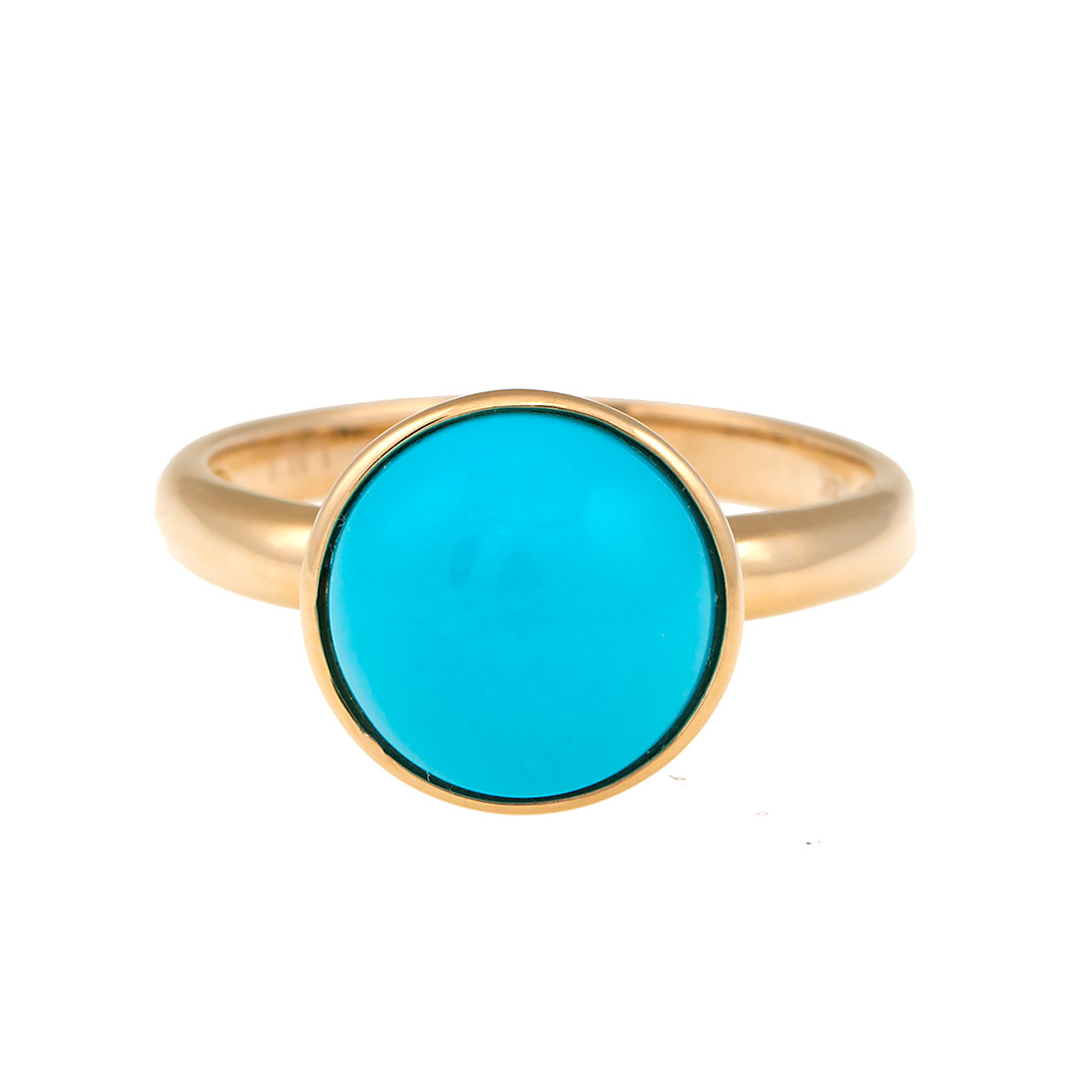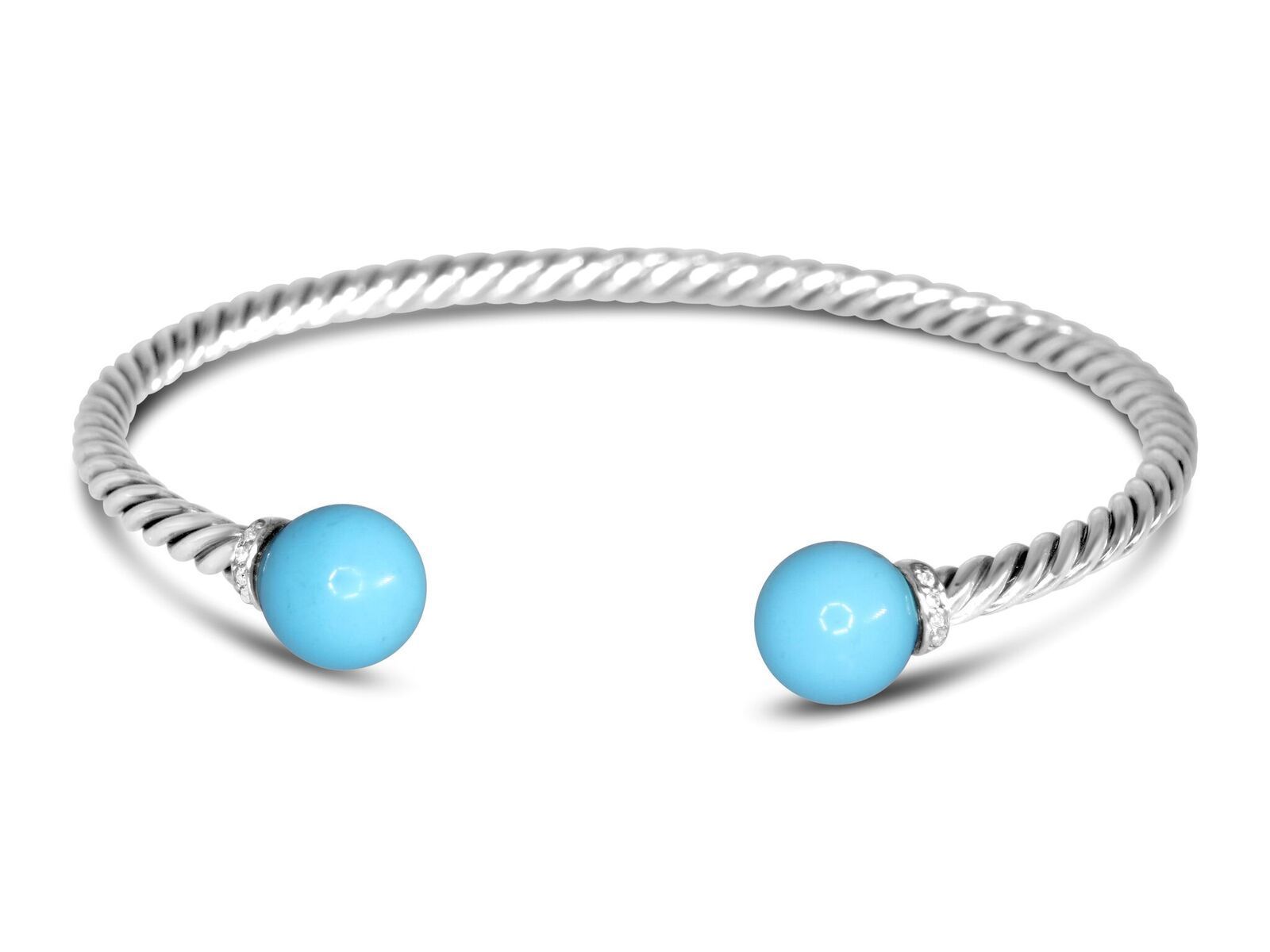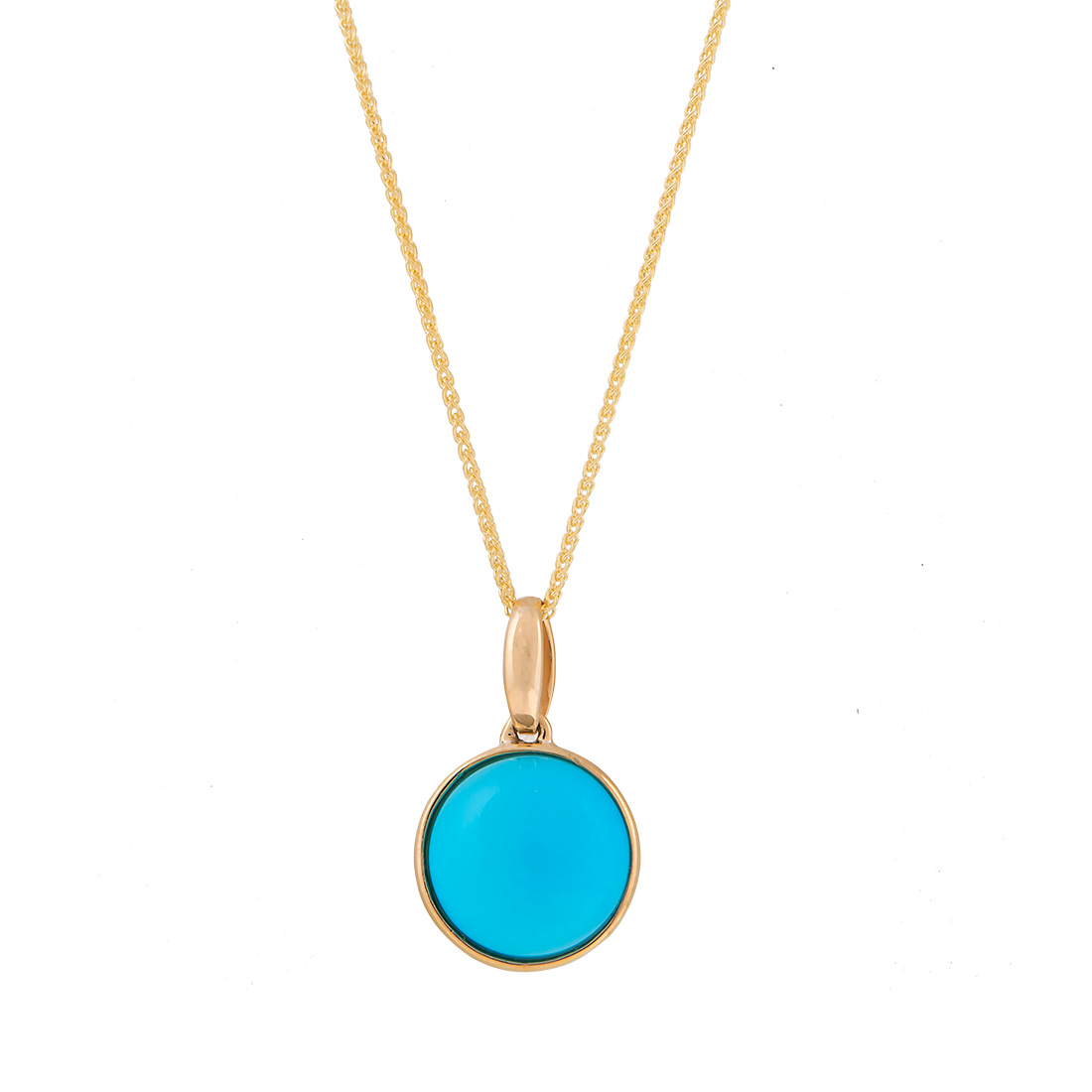All About Turquoise: December Birthstone
The primary birthstone for December is turquoise.
The Origins and Cultural Significance of Turquoise
Archeologists have traced turquoise as far back as 3,000 BCE when ancient Egyptians set turquoise in gold necklaces and rings. Oftentimes, the turquoise inlay was carved into the shape of a scarab beetle. Scarabs were often associated with the morning sun and Khepri, the God of the rising sun, and were a common motif in amulets throughout Egypt.
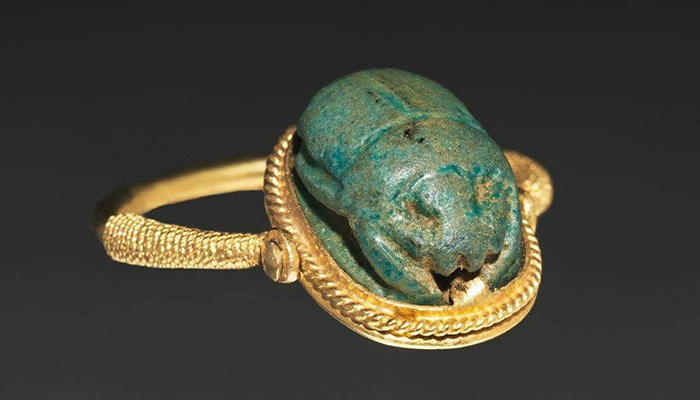
Ancient Egyptian jewelry, featuring a scarab motif, carved out of turquoise
In terms of its availability, turquoise is one of the most ubiquitous gemstones, found around the world, from regions of ancient Persia (modern day Iran) and Turkey to the southwestern United States. Each region has assigned a different meaning and significance to turquoise.
Ancient Persians would often use turquoise in its palace domes as the gemstone’s blue color resembled the sky and heavens above. They also believed turquoise would offer protection by changing color to forewarn the wearer of pending danger, so turquoise frequently decorated dagger handles and accented necklaces and turbans.
While Native Americans had worn and traded turquoise and Apache tribes, specifically, made their bows with turquoise, believing it improved their accuracy, turquoise jewelry became popular throughout North America in the 1880s after a Navajo craftsman fashioned a silver coin into a setting for a piece of turquoise jewelry. This set the standard for the turquoise jewelry we’re most familiar with in the US today.
Notable Turquoise
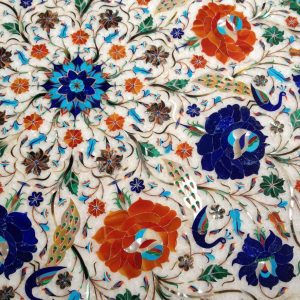
Example of the Taj Mahal’s mosaic, featuring turquoise. Image via Mozaico.
Because of its long and far-reaching history, there are many examples of important pieces of turquoise but perhaps the most well-known is the Taj Mahal.
The Taj Mahal is a mausoleum in Agra, India, commissioned in 1632 by Mughal emperor Shah Jahan in memory of his favorite wife, Mumtaz Mahal. The impressive structure took 21 years and 20,000 artisans to complete and cost an estimated $827 million USD in today’s currency. The historical heritage site is largely made of white marble but prominently features ornate details and mosaics made of inlaid turquoise, imported from Tibet.
Another exceptional use of turquoise is found in the death mask of King Tut. The Mask of Tutankhamun is the ornate gold burial mask placed over the ancient Egyptian pharaoh’s sarcophagus. The detailed mask has two layers of gold and features inlays of precious gemstones including lapis lazuli for the eyes and eyebrows and rich turquoise to decorate the broad collar.
The Properties and Hardness of Turquoise
Turquoise ranks as a 5-6 on the Mohs hardness scale, only slightly above window glass. Turquoise used in jewelry is heavily polished to give it a nice smooth finish and lustrous shine.
The most distinguishing characteristic of turquoise is its pale blue color—that said, turquoise can be found in a range from blue-green to yellowish green. Its distinctive color is a byproduct of its idiochromatic copper (or the mineral’s actual composition). The spidery veins that run through turquoise are actually made of limonite. Turquoise can also sometimes have flecks of pyrite in it, too.



